The Hills Are Alive: Vienna, Salzburg, and Innsbruck
How I finally got to live out my dream from 'Before Sunrise'.
Hello, readers! It’s been a while since I reintroduced myself — so hey, again. My name is Erin, I’m a marketer and freelance journalist by trade, and have recently taken a 7-month career break to travel the world and pursue my passion project of creative writing. It’s been an incredible and transformative experience, and I plan to share some of the learnings with you all soon.
I started this newsletter earlier this year to practice writing, share more about my adventures, and recommend thought-provoking books I read along the way. It’s been amazing to get your feedback, and I’ve been pleasantly surprised by how many of you are thinking of taking a similar leap!
Thanks again for subscribing to Reads on the Road, and supporting me on this journey. Likes, comments, and DMs are always welcome! This month, we’re exploring the green hills of Austria…
I had often dreamed of walking the streets of Vienna, talking deep into the night with someone who lights a spark in me, not knowing where I was going next — much like in the idyllic twilight scenes of Before Sunrise. Even Billy Joel had inspired a certain romanticism about the city for me. His longing calls of “When will you realise, Vienna waits for you?”, would often accompany my commute to work.
So, I knew that Austria absolutely had to be the final stop on my European adventure. Arriving at Vienna airport after spending a tumultuous week in Albania was a rude (but very appreciated) shock. The differences were immediately apparent, as we were welcomed by an onslaught of order, cleanliness, and state-of-the-art public transport.
The only reason why I was able to visit Austria this time was due to the fact that Australia has a very convenient bilateral agreement with Austria that allows you to overstay your 90-day Schengen visa for up to an additional 90 days. We had planned to soak up the city sights and galleries of Vienna, pay a visit to Mozart’s hometown in Salzburg, then head out to the mountains in Innsbruck for some hiking.
How lucky I was to be able to experience the scenes that Richard Linklater had so beautifully depicted in Before Sunrise, as I walked the streets of Vienna with my own partner, discussing ideas, politics, and our dreams for the future.
My overall impression of Austria was that it was a very grand, functional, rich, and beautiful country. However, not unlike Germany, it felt difficult to escape its dark past. And perhaps foreshadowed by our trip to The Dolomites in South Tyrol, for various reasons I felt less of a connection to Austria than with other countries I visited.
Vienna
Vienna is one of the world’s great cities, with a rich history, particularly in music and art. It is a city renowned for its liveability, so much so that it has secured the top one or two places of the Economist Intelligence Unit’s Global Liveability ranking every year since 2015 (save for 2021, due to COVID-19 lockdowns).
It’s certainly easy to see why. Vienna has excellent public transport, wide open spaces, beautiful parks, inspiring museums and galleries, and a lively nightlife and food scene. There’s something there for everyone to live the kind of lifestyle they desire.
However, despite all the interesting and beautiful experiences we had during our visit, my overall feeling was that Vienna was missing something. Somehow the energy of the city felt stale. Everywhere I had travelled so far had a flavour, a sense of identity. Perhaps I had unrealistically high expectations, but I had imagined Vienna being somewhat more… romantic.
The gigantic streets were close to empty when we were there. Perhaps people had fled the extreme heat of the city during the height of summer, and it was this lack of buzz that contributed to this feeling.
On the other hand, maybe my disenchantment was due to the bland and uniform food (if I see another schnitzel or strudel, I’m going to lose it!). For a city that prides itself on its coffee houses (this culture is even protected by UNESCO), why was it so hard to find a good coffee? The only saving grace was the Sachertorte, a famous type of chocolate cake. We were told on a walking tour that this was a massive tourist trap… but I’m a sucker for chocolate and enjoyed it nonetheless.
I did have another theory, which was that we weren’t getting a real sense of the city because we were staying too close to the touristy centre. So, on my last day in Vienna, I went exploring in the Neubau district, where I started to uncover some more diversity and personality, buzzing bars, thrift shops, colourful boutiques and modern restaurants.
Gallery and Museum Highlights
My favourite day in Vienna was probably going to see the extraordinary collection of Gustav Klimt paintings in the famous Belvedere Museum. I didn’t know much about Klimt before visiting, and was only really familiar with his painting The Kiss, but was fascinated by his use of gold leaf across many of his works. To me, this evoked almost an Asian influence to his art — however apparently the inspiration actually came from his father’s work as a goldsmith. He also went on an influential trip to Ravenna, Italy where he was inspired by major Byzantine mosaics. He and his brother even created the spectacular Secession Building in Vienna, which features an inimitable golden dome.
I also enjoyed stepping through Vienna’s history at the Wien Museum. Much like the Musée Carnavalet in Paris, I have learned that going to history museums like this is a wonderful way to get a deeper sense of place. The museum painted a picture of a city dominated by the wealth and influence of the upper middle class and royal classes during the 18th - 19th Centuries. They monopolised the rights to read, vote, become educated, and even marry.
This is something I could see throughout the city. The lavish and imposing palaces were so grand that it almost felt ridiculous. There was a sense of exclusion and erasure of the working classes (of course, this is not unique to Austria).
It was also here that I learned about the history of anti-semitism in Austria. The Jewish community, who had been present since the 12th century in Vienna, were officially expelled twice from Vienna’s city walls in the 1600s. It was particularly horrifying to learn that when Austria became part of the German Reich just before the start of World War II, the Nazis were actually surprised by the extent to which Vienna’s population already robbed and persecuted Jews.
In fact, when the Nazis arrived on March 12, 1938, hundreds of thousands of Austrians greeted them with ‘tremendous enthusiasm’. A theme of the information I gathered in museums and on walking tours was that there seemed to be a chip on the Austrians’ shoulders about once being connected with Germany (as a key part of the Holy Roman Empire in the past). Apparently, the Nazi occupation was met with open arms partly because Austria finally had the opportunity to ‘become German’ again.
I also visited the Kunsthistorisches Museum Wien (Art History Museum) and the Albertina Museum, which had some beautiful collections of art and decorative objects. However, if you only have time for one art gallery, I would definitely recommend the Belvedere first.
Finally, it has been on my bucket list to visit the Natural History Museum in Vienna ever since learning about the famous Venus of Willendorf in high school. The tiny sculpture is dated from between 28,000 to 25,000 BC, and is an important symbol of beauty ideals and fertility in the Palaeolithic period in Austria. What I didn’t realise was how many similar sculptures exist in this museum alone, which have been discovered as far-reaching as France and Russia.
Still to this day, archaeologists are not sure how the sculpture was used and what it means, which I find fascinating. There is a really interesting theory that they could have been self portraits by women, as the exaggerated features look like a woman looking down on herself (though this theory is widely disputed). The predominant theory is that it was a religious symbol of fertility.
An unexpected encounter
One of my favourite moments in Vienna was heading out to a jazz club one night, where we were privileged to see a young Slovakian pianist, back home for the summer holidays from his studies at the Manhattan School of Music in New York City. His dad was playing on the double bass, and an American singer from the gospel choirs of Harlem had joined for the evening. It was very special, and felt like a true privilege to hear this guy play.
I thought back to something a Venetian man I met in Istanbul had said about Australia.
“You are so lucky, you are so far away from the world. It has advantages and disadvantages.”
This is a sentiment I had heard in many places, one I felt betrayed a certain arrogant attitude from European countries about their place in the world compared with countries such as Australia. To me, the comment was surprising as I have always seen Australia as part of the world, despite its isolated location on the map. However, our physical distance from the European and American continents, and the advantages of quick travel across interconnected countries mean that these Eurocentric countries see us as isolated — separate from ‘the world’.
But sitting in that tiny jazz club in Vienna, listening to world class, global talent on a weeknight… I felt the guy had a point. It was a beautiful feeling to be part of the movement and energy of the world.
One thing I have realised on this trip is what a privilege it is to learn about so many other cultures — something Europeans take for granted by having it on their doorstep. This simple, geographical fact can open people’s minds to what’s happening outside their own backyards, which I feel we lack in Australia.
Salzburg
After our stint in Vienna, we took the train out to Salzburg, and its charm was immediately apparent. I felt there was a kind of magic to it. We walked by the river and admired the stunning colours and hills of the city. We saw ornate Rococo art in the St. Peter’s Abbey and wandered the well-kept gardens of its graveyard. We marvelled at the Salzburg Cathedral and the beautiful statue of Mary, a golden crown framing her head on the facade opposite.
I could see how Mozart may have got his inspiration here to pursue music. There was a feeling of opulence, excellence, and beauty to the city. For instance, looking out on the Mirabell Gardens, I felt like a Lady of high society myself, surveying its grounds.
The overall vibe of Salzburg also reminded me of Munich (which geographically, was extremely close!). That is to say, the city seemed to be dripping in cash. Beautifully preserved apartment buildings, shopfronts, churches, and music theatres adorned the streets, while well-dressed people strolled the old centre.
It also would have been completely remiss of me to visit Salzburg without doing the Sound of Music bike tour. As I suspected, there was just something special about getting into the hills and countryside in this part of the world.
We cycled through golden fields (with vistas of castles and country estates in the background), visited the famous lake where the Von Trapp family mansion was filmed in the movie, and danced in the gazebo where Rolfe and Liesl sang "Sixteen Going on Seventeen". We blasted tunes from the film as we cycled under the gentle European sun. It was a beautiful way to explore.
But perhaps symbolic of the Austrian style, as we arrived at the famous monastery from the film at 5:58pm, a nun emerged to shut the doors for its closing at 6pm. The whole group collectively sighed and our tour guide apologised profusely, but it seemed that in Austrian/German culture there is no room for compromise.
Innsbruck
Our final destination in Austria was Innsbruck, a city in the west that is best known as a ski-town.
The city-centre itself was… not much to write home about. Put it this way, the absolute top thing to do in Innsbruck is to see the famous ‘Golden Roof’ (which is pretty, but a little anti-climactic). A list of things to do in the town would barely fill a half-day. It felt a bit like a retirement village, and I was somewhat surprised by this in a town that has so many great hikes nearby. However, this is most likely due to the fact that peak season is ski season.
So, my expectations were very low for the mountains. But once we made it up past Nordkette, high in the clouds, I have to admit that it was nothing short of spectacular. When we got up to Karstube station at the trail head, there were still groups of clouds hanging at the foot of the mountain. They soon cleared and gave way to a beautiful view of Innsbruck, and the valley on the other side of the mountain ranges. The visit to Innsbruck was entirely worth it just for this hike — and I later wished we had a car to explore some of the nearby towns, lakes and mountain hikes further.
However, by the end of our short stint in Austria, we were becoming increasingly impatient about how expensive everything was. For instance, to get to the base of the mountain (and back) on a cable car costs €52 for an adult ticket (hot tip: we managed to snag a discount by leaving before 9am).
But the real tipping point came at the top of that mountain in Innsbruck, when we were charged for tap water for the first time. I felt this was incredibly ironic, as we’d been told by our walking tour guide in Vienna that they pumped the tap water there from the mountains in Innsbruck. So we were even paying for water at the source!
Of course, I get that the cost of living has increased around the world. But there was something that felt particularly inhospitable about this. It summed up my feeling overall about Austria — somehow, it felt that everywhere you went, you were getting robbed. This somewhat detracted from the enjoyment of seeing the beautiful historic cities, towns, and mountains, and by the end, we felt very ready to head home.
Reads on the Road
Intermezzo by Sally Rooney
I have read all the Rooneys (come on, she’s my namesake!). She has a knack for writing complex characters and creating realistic interpersonal relationships. Almost nothing substantial could happen in the plot, and you’d still have a story. Some people hate this style of storytelling, but as someone fascinated by people and human societies, it resonates with me strongly.
Intermezzo was once again beautifully crafted, examining the relationship between two brothers who are 10 years apart, and their relationships with women who had (conveniently) similar age gaps.
This one took me a lot longer to get into than her other books — it was not until over halfway through that I became gripped. The story of the younger character Ivan, a chess master, fascinated me much more than his older brother, a troubled and chaotic barrister.
Rooney’s writing showed a lot of insight into grief, the challenges of coming of age, and forging your own path in life. For me, the book came good in the end, and could be one of her best works, now that I’ve had some more time to reflect.
Thanks for reading Reads on the Road! The beautiful thing about being back home is that the adventure’s not over. In fact, I’m already cooking up some plans for early next year!
I’m very excited for my next post. I’ll be sharing more about the final large trip of my career break — a creative writing retreat in Sri Lanka with award-winning Australian author Bri Lee! It was truly a once-in-a-lifetime experience with some amazing people, and I learned a lot. Until then! x




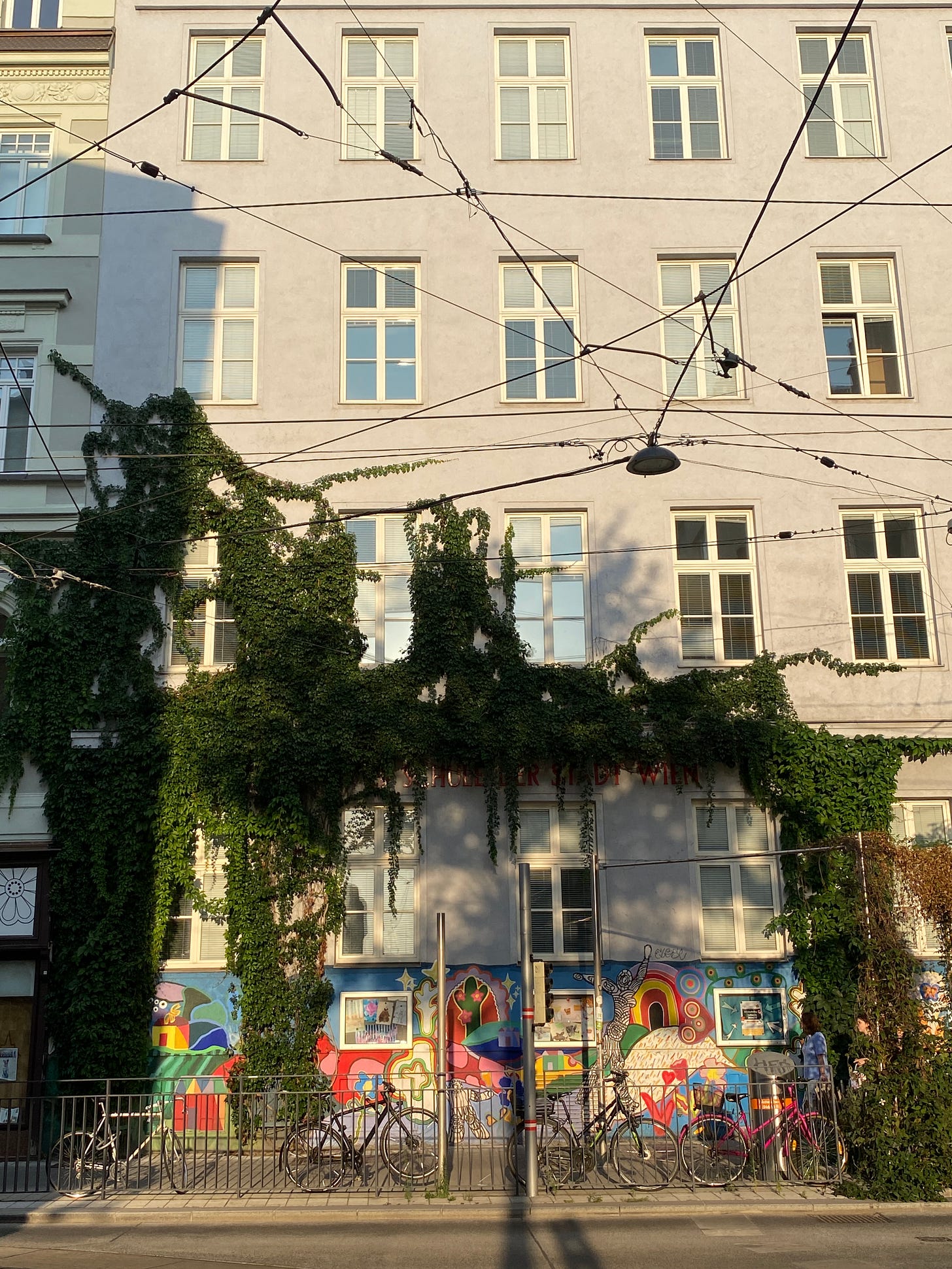
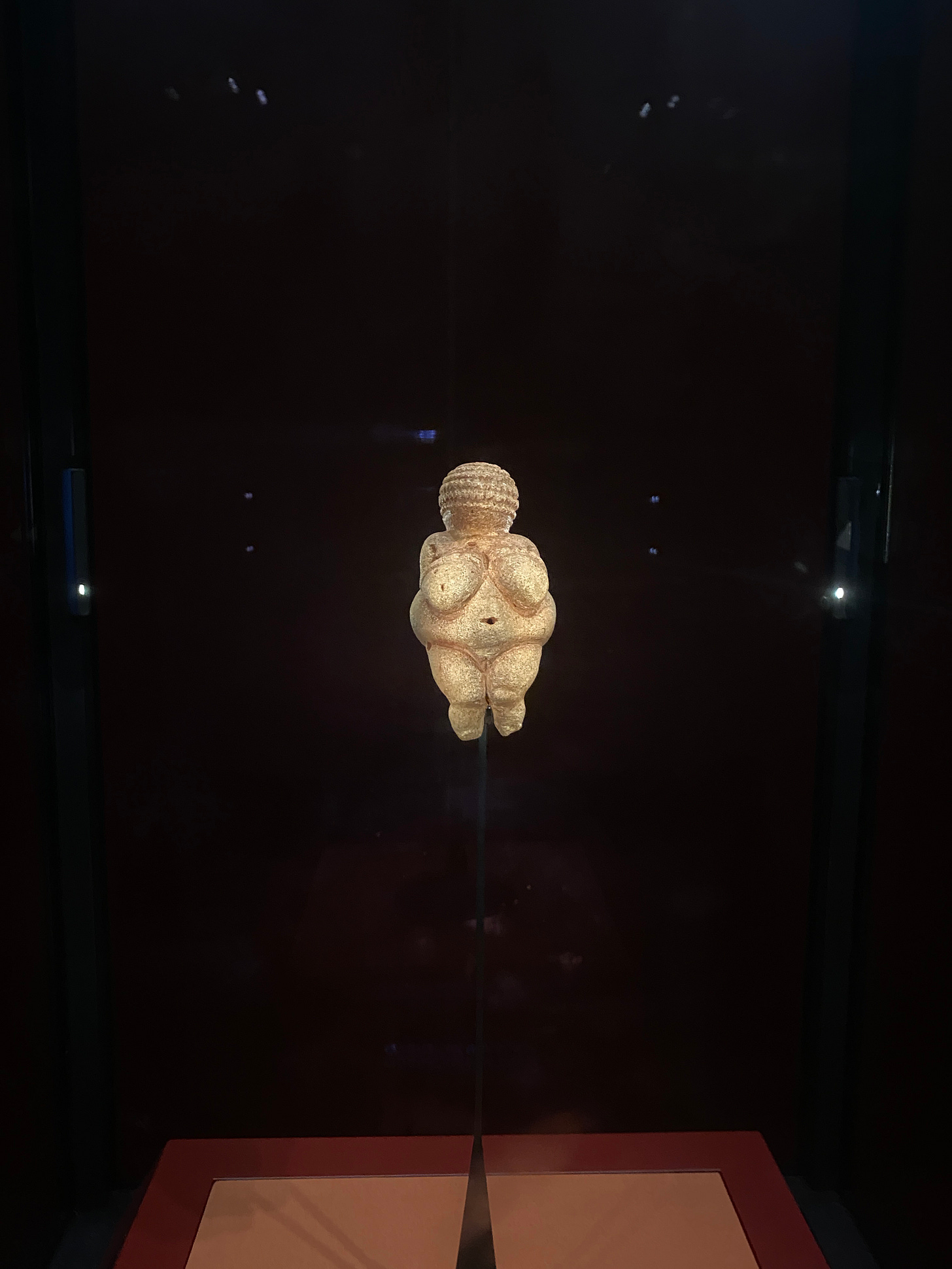

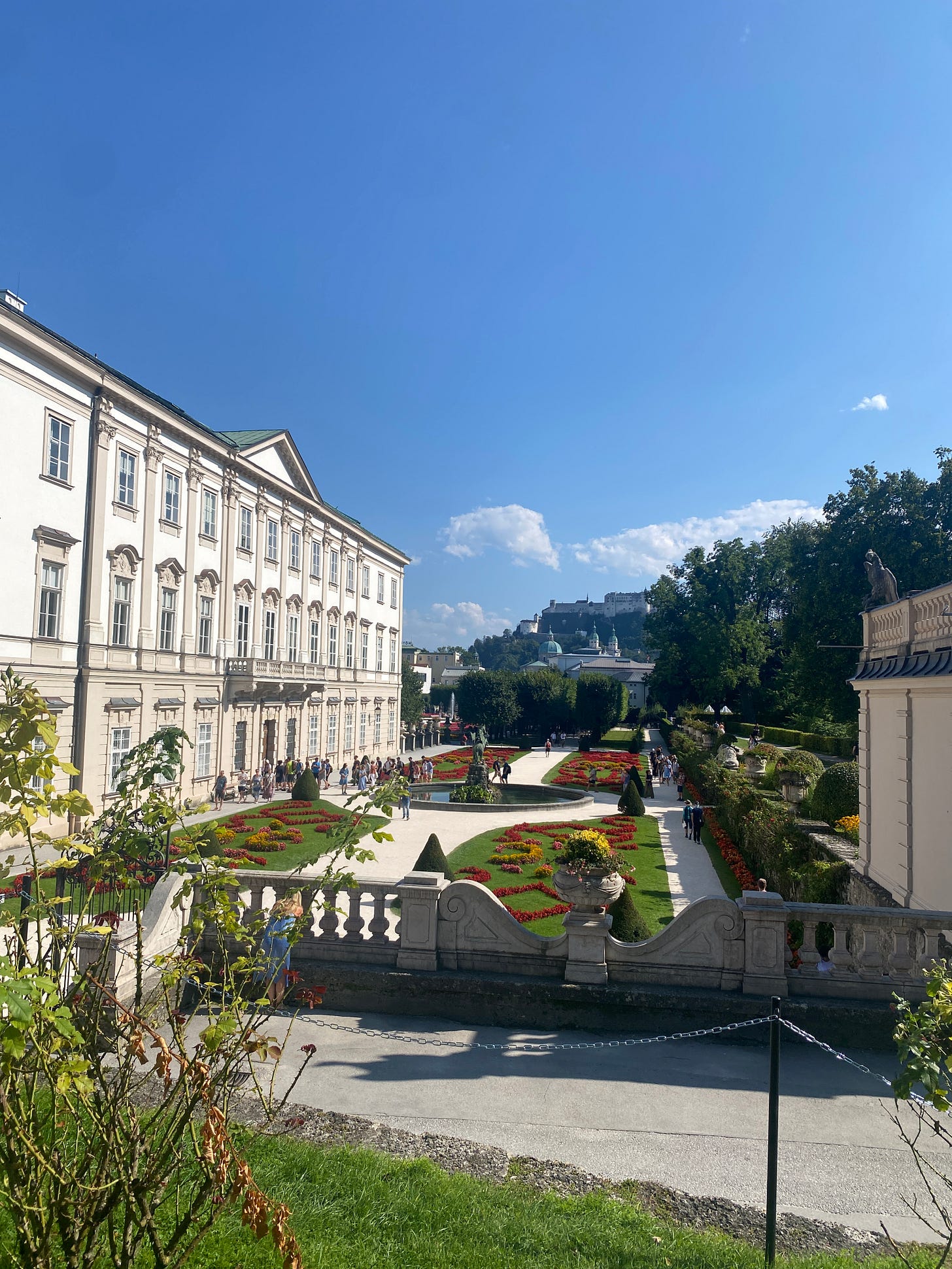
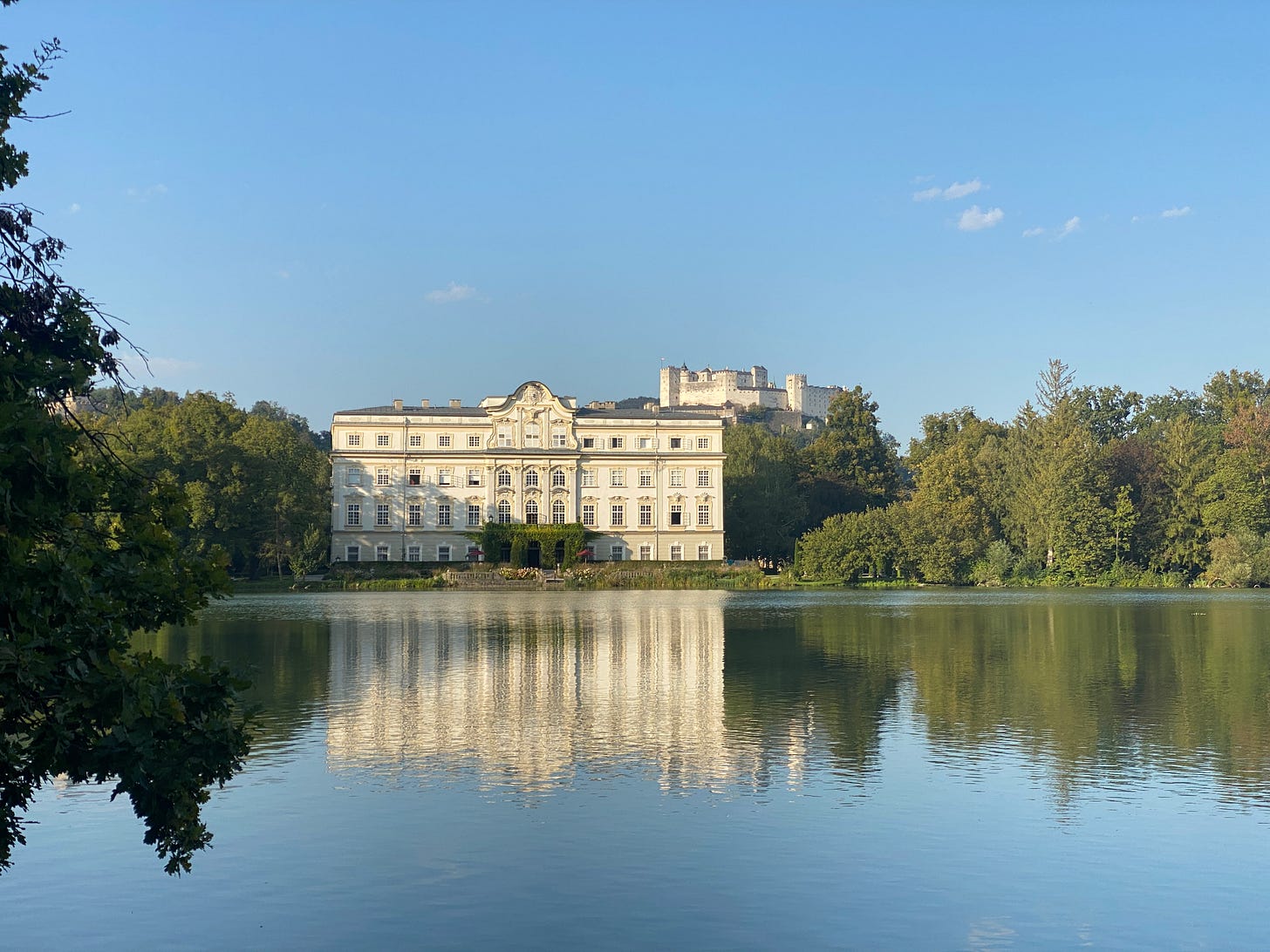
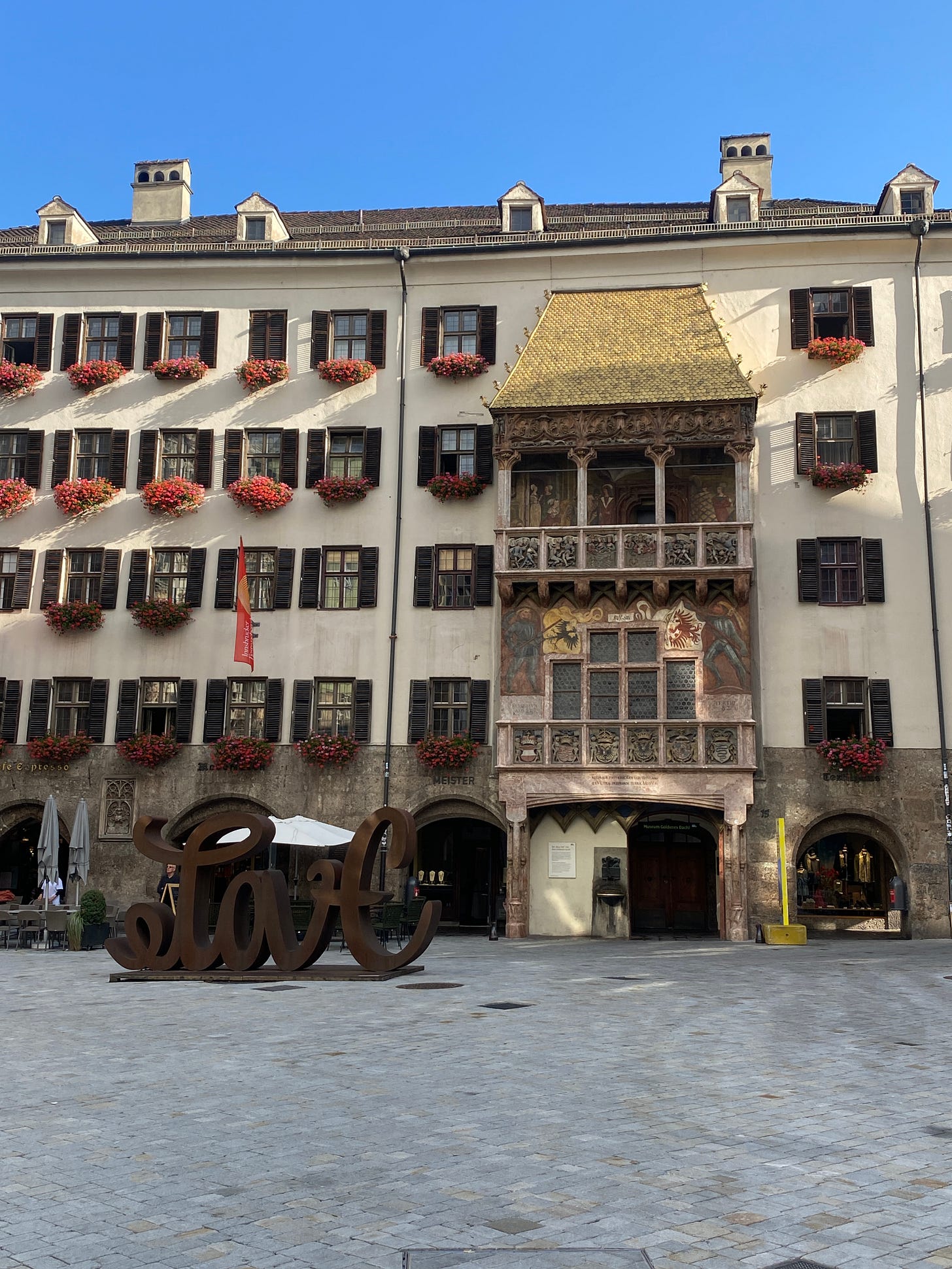
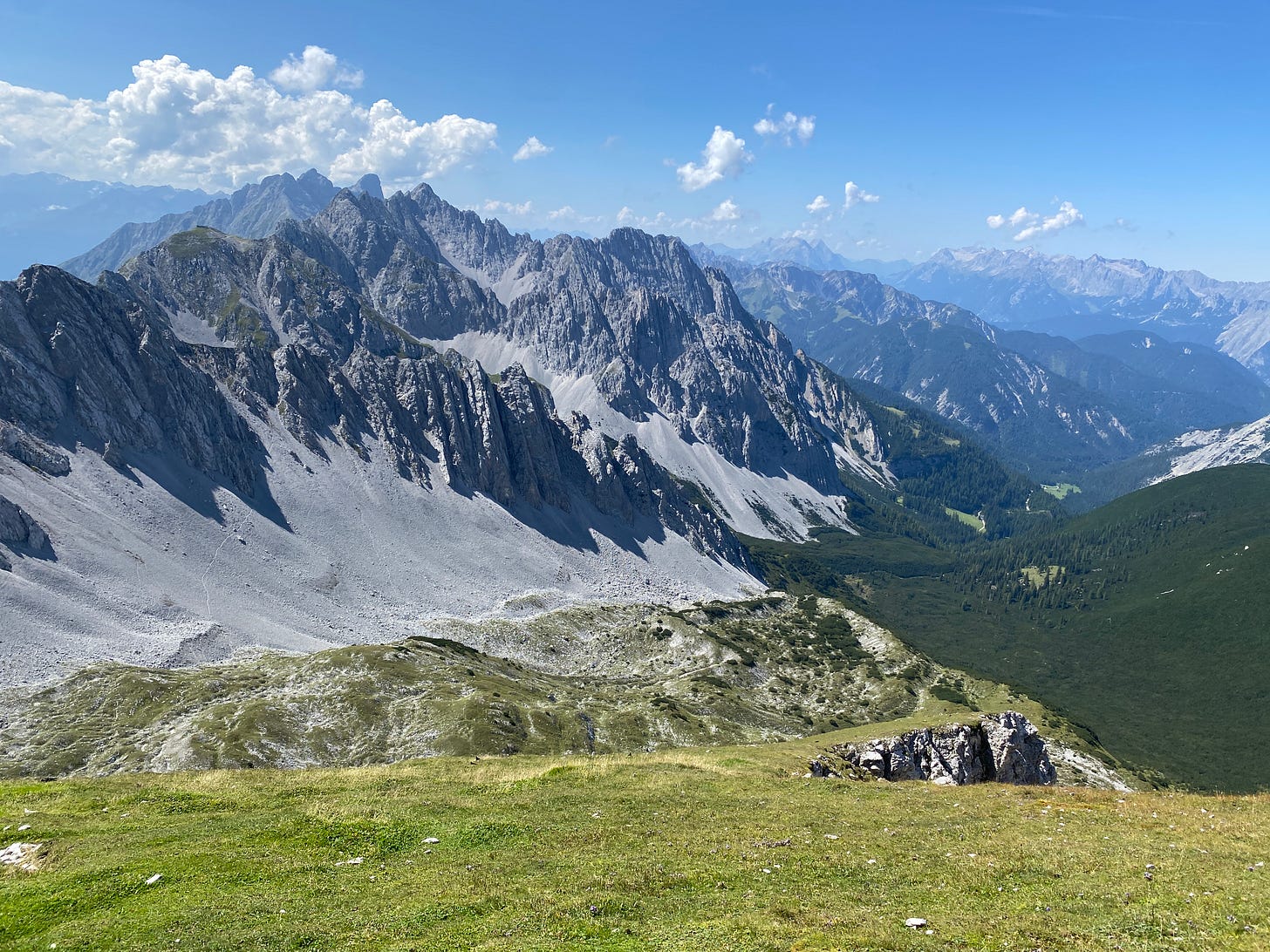

Your writing Erin helps us to feel like we are seeing the beautiful scenery ,Cathedrals ,and people through your eyes.Thankyou.
For us oldies, it’s the only chance we will get to hear about these amazing countries.
I,m going to check out the Sally Rooney books,as I love to read too ,and she has got my maiden name.Hope it’s not to deep.Can you recommend one Erin? Love Aunty Jen xx